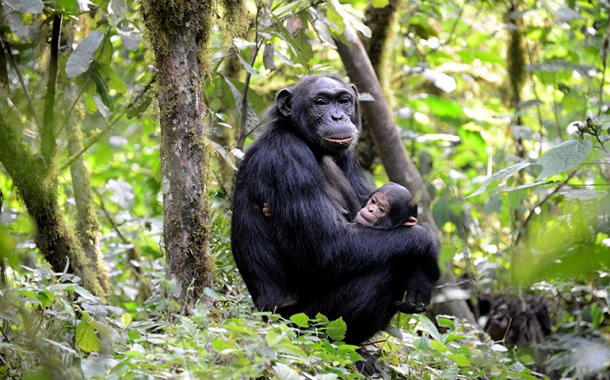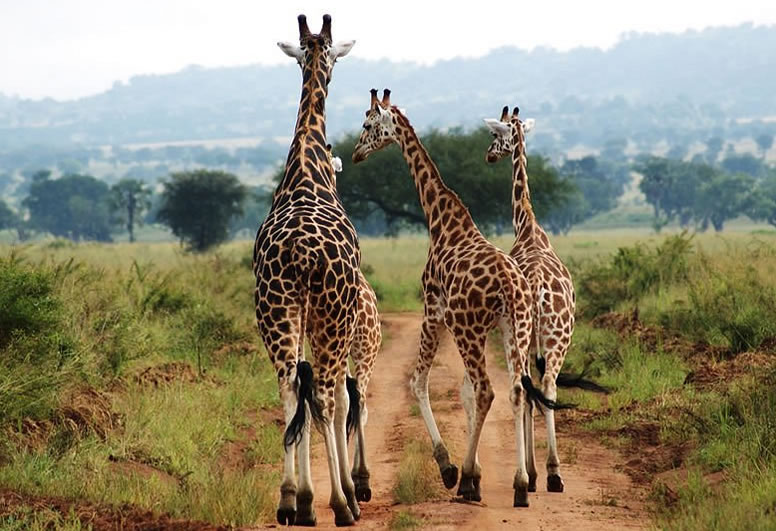Top Beaches In Uganda 2019
June 9, 2018How Gorilla Permits In Rwanda Are Allocated?
June 16, 2018If you are interested in discovering and learning about Uganda’s cultural heritage, then the Uganda National Museum is where you have to go. Its location within Kampala City even makes it an ideal stop for tourists participating in City tours. While here, you will wander through some of the traditional thatched homes of different tribes of Uganda but also take a look as Idi Amin’s Mercedes. The architectural design of the Museum itself will amaze you, and was designed by German Architect-Ernst May with enough natural lighting and air to ensure proper preservation of objects.
The Museum is nestled on Kitante Hill, the Northern side of the City and approximately 5 kilometers from the City center. Established in 1908 by the British Protectorate after Governor George Wilson, the Uganda National Museum specifically showcases collections natural, historical, ethnological and traditional life to describe the cultural heritage of Uganda. Some of the outstanding collections that this site include hunting equipments, musical instruments, entomology, weaponry and archaeological items. You will find a well-labeled ethnographic collection comprising of religion, clothing, recreation, agriculture, hunting, medicine in addition to natural-history displays and archaeological items such as the remains of the Napak Rhino species that became extinct eight million years ago.
It is however said that this Museum began as a small Sikh Temple at Fort Lugard on Old Kampala Hill but later became too small to contain the specimens hence being moved to the Margret Trowel School of Fine Art within Makerere University in 1941. However, more funds were mobilized for a permanent place and the Museum was in 1954 moved to its present location on Kitante Hill and in 2008, the National Museum made a Century. There are different galleries-Natural history, Ethnography side with over 100,000 objects of cultural and historical value such as objects of warfare and traditional dressing for ceremonial practices, Traditional Music gallery with string and wind instruments, drums and percussion, early history in addition to Science and Industry.
When you visit the Uganda National Museum, you will get the chance to tour every part of the site including the cultural village at the back of the Museum where you will get to learn about the traditional lifestyles of Uganda tribes so that tourists can have an insight to the indigenous way of Ugandan people. Some of the houses within this village include Bunyoro, teso, Acholi, Bamba, Kigezi, Madi Bugishu, Batooro, Alur, Ankole, Karamojong, Hima, Lango, Busoga, Baganda and Lugbara houses and cultural materials such as cutlery, hunting nets, milk pots, leather works, barkloth blankets, wooden sandals, baskets for Luwombo, basketry, royal drums, milk gourds, bows and arrows can be found in the respective houses.
On top of displaying wonderful objects, the Museum also conducts Research across the country especially the Karamoja sub-region, Eastern Uganda at the foothills of Mount Elgon and the entire western rift to Dellu, close to Uganda’s border with South Sudan. This Research had yielded positive results because the Uganda pithecus, the fossil skull of an Ape aged between 19 and 20 million years was discovered in Napak. Not only that, the Uganda National Museum partners with Makerere University, University of Michigan, Mbarara University, College de Franca and the Natural History Museum in Paris to conduct research on specimens. The site also offers educational services in form of workshops, demonstration lessons, complimentary services, outreach programs and many others through the use of available specimens
How to get to the Uganda National Museum
This remarkable site can be reached by public taxi heading to Kamwokya or Ntinda, Motorcycle motorists (locally referred as Boda-boda) and by private means but the last one of the best.



